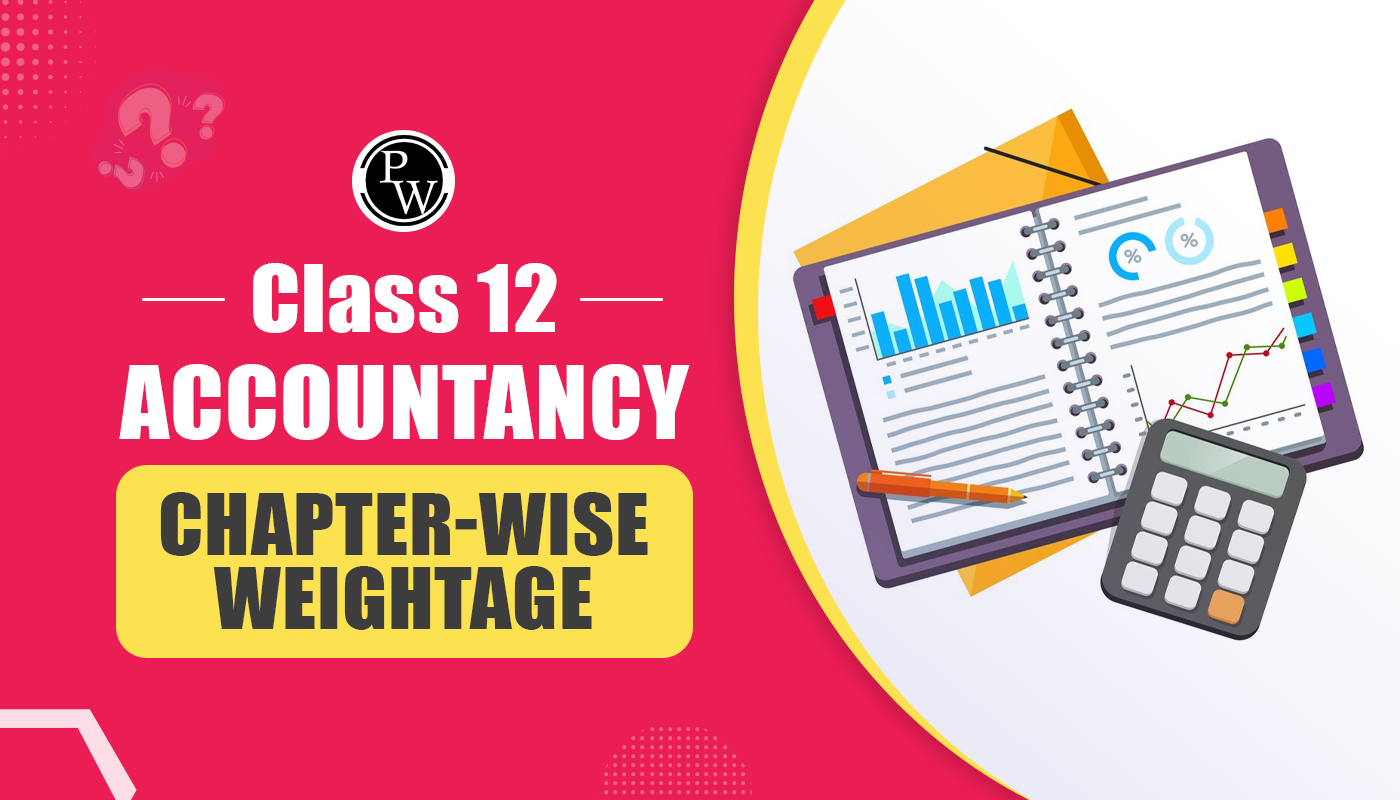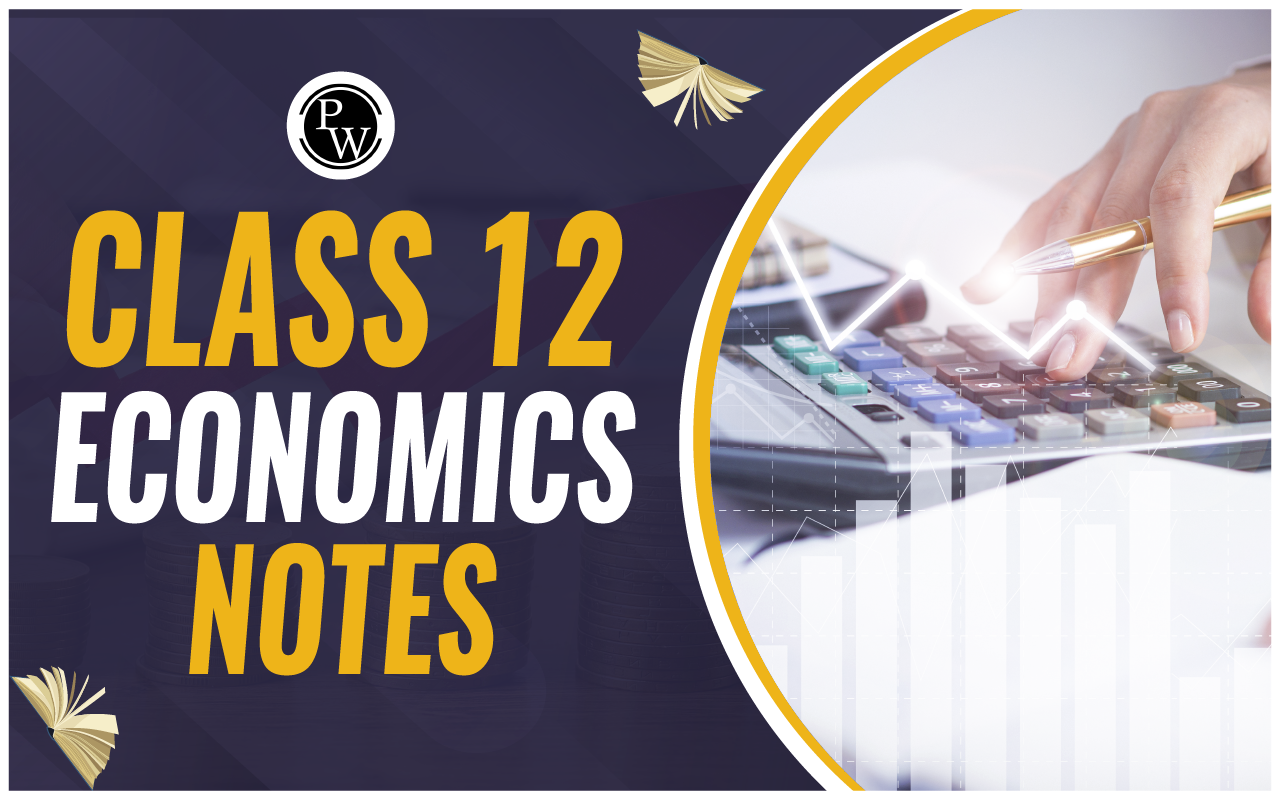
In managing finances, particularly for businesses and individuals, the difference between Cash Book and Pass Book plays a crucial role. Both records are essential for tracking financial transactions, but they serve distinct purposes and differ in how they are maintained, what they record, and their format. In this blog, we will explore these differences to provide a clearer understanding of each.
What is a Cash Book?
A Cash Book is a detailed record maintained by an organization to keep track of all cash transactions, both inflows, and outflows. It acts as a primary ledger in the accounting process and is part of the organization’s internal records. A Cash Book records cash payments, receipts, and bank transactions, and is updated daily. The difference between Cash Book and Pass Book here is that the Cash Book is prepared by the organization itself, ensuring an accurate record of how much cash is available on hand and how much has been deposited or withdrawn from the bank.Key Features of a Cash Book
Self-Maintained : A Cash Book is maintained by the business or individual, reflecting internal transactions. Double-Entry System : It records both debit and credit aspects of transactions, giving a complete view of cash flow. Immediate Record : It is updated daily to ensure that cash transactions are promptly recorded. This highlights a major difference between Cash Book and Pass Book, as the Pass Book is prepared and maintained by the bank, not by the individual or business.What is a Pass Book?
A Pass Book, often known as a Bank Statement, is an official record provided by a bank to its account holders. This book or statement shows all transactions that have occurred in the account over a certain period, such as deposits, withdrawals, bank charges, and interest. The difference between Cash Book and Pass Book here lies in the fact that the Pass Book acts as an external record, reflecting the bank’s view of the account.Key Features of a Pass Book
Bank-Generated : Unlike the self-maintained Cash Book, the Pass Book is generated by the bank. Bank’s Perspective : It records transactions as seen from the bank’s perspective, not the account holder’s perspective. Periodical Updates : A Pass Book is updated by the bank periodically, typically monthly, or upon request by the account holder. The difference between Cash Book and Pass Book becomes clear in this respect, as the Cash Book provides the account holder’s view of their transactions, while the Pass Book provides the bank’s view.Difference Between Cash Book and Pass Book
Understanding the difference between Cash Book and Pass Book requires a closer look at several factors:| Difference Between Cash Book and Pass Book |
| Aspect | Cash Book | Pass Book |
| Definition | A financial record kept by an individual or organization to track all cash and bank transactions. | A bank-issued record that shows the transactions of an account holder over a specified period. |
| Prepared By | Maintained and updated by the account holder (individual or organization). | Prepared and maintained by the bank on behalf of the account holder. |
| Perspective | Reflects the account holder's perspective on cash flow and bank balances. | Reflects the bank's perspective on the account holder's transactions and bank balance. |
| Purpose | Used to track daily cash and bank-related transactions for internal record-keeping. | Used to verify bank transactions, view the official balance, and reconcile differences with the Cash Book. |
| Entry System | Follows a double-entry system, recording both debit and credit for every transaction. | Follows a single-entry system from the bank’s perspective, showing deposits as credits and withdrawals as debits. |
| Format of Balance | Shows a "debit" balance when cash or bank balance is positive (from the holder's perspective). | Shows a "credit" balance when funds are in the account, as it reflects the bank’s liability to the account holder. |
| Record Types | Includes all cash transactions (payments, receipts, and bank transactions) managed by the holder. | Records only the transactions made within the bank account (deposits, withdrawals, interest, charges, etc.). |
| Updates | Updated by the account holder on a daily basis to reflect all cash and bank transactions immediately. | Typically updated periodically by the bank, often monthly or upon request, though online banking now offers more frequent updates. |
| Transaction Timing | Transactions are recorded as soon as they are made by the account holder. | Transactions appear after they are processed by the bank, which may take additional time, especially with checks and transfers. |
| Bank Charges and Fees | Does not automatically include bank charges; must be manually recorded by the account holder. | Includes all bank charges, interest, and fees as processed by the bank, which may result in differences between the Pass Book and Cash Book balances. |
| Outstanding Checks | Shows checks issued immediately, even if they haven’t been cashed or cleared by the bank. | Only shows checks once they have been cleared and processed by the bank, potentially causing timing discrepancies. |
| Interest Earned/Payable | Interest needs to be entered manually by the account holder once known. | Automatically includes interest credited or debited by the bank, visible on the statement without manual entry. |
| Error Source | Errors might occur in entry recording, missed transactions, or accidental omissions by the holder. | Errors may arise if the bank processes transactions incorrectly or has delayed entries, which can lead to discrepancies with the Cash Book. |
| Reconciliation Requirement | Regular reconciliation with the Pass Book is required to identify discrepancies and maintain accuracy. | Used during reconciliation to cross-check and verify transactions listed in the Cash Book, ensuring both books align. |
| Final Balance Meaning | A positive balance is displayed as a debit balance (indicating cash or bank balance owned). | A positive balance is shown as a credit (indicating funds that the bank owes the account holder). |
| Common Users | Used by businesses and individuals to track their day-to-day cash flow internally. | Used by account holders for bank verification, balance confirmation, and reconciling with the Cash Book. |
Practical Examples
Consider these examples to better understand the difference between Cash Book and Pass Book: Bank Charges : Sometimes, the bank deducts charges that haven’t been entered in the Cash Book. These will show in the Pass Book, highlighting the difference between Cash Book and Pass Book entries. Interest Earned : Interest credited by the bank appears only in the Pass Book until the Cash Book is updated, underscoring the difference between Cash Book and Pass Book in terms of timeliness. Outstanding Checks : Checks issued but not yet cleared by the bank may appear in the Cash Book but won’t reflect in the Pass Book, again showing a difference between Cash Book and Pass Book. Understanding the difference between Cash Book and Pass Book is essential for managing finances effectively. While the Cash Book is an internal record reflecting the account holder’s view, the Pass Book is an external record provided by the bank. Regular reconciliation of these books helps prevent errors, ensure accuracy, and manage financial discrepancies efficiently. Mastering the difference between Cash Book and Pass Book helps both businesses and individuals maintain organized, transparent records, contributing to sound financial health. Unlock your potential in commerce with PW Commerce Courses! Enroll today to gain in-depth knowledge and skills that will help you excel in your exams and future career. Don’t miss out!Difference Between Cash Book and Pass Book FAQs
What is the main difference between Cash Book and Pass Book?
The main difference is that the Cash Book is maintained by the account holder, while the Pass Book is issued by the bank to record account transactions.
Why is reconciliation important between Cash Book and Pass Book?
Reconciliation helps match both records to identify discrepancies and ensure accurate financial tracking.
How does transaction timing differ in Cash Book and Pass Book?
Transactions are recorded immediately in the Cash Book, whereas they appear in the Pass Book only after bank processing.
Do both Cash Book and Pass Book show bank charges and interest?
Bank charges and interest are automatically updated in the Pass Book but need manual entry in the Cash Book.
Can Cash Book and Pass Book show different balances?
Yes, due to timing differences in transactions, unrecorded charges, or outstanding checks, balances may vary between the two books.
Talk to a counsellorHave doubts? Our support team will be happy to assist you!

Free Learning Resources
PW Books
Notes (Class 10-12)
PW Study Materials
Notes (Class 6-9)
Ncert Solutions
Govt Exams
Class 6th to 12th Online Courses
Govt Job Exams Courses
UPSC Coaching
Defence Exam Coaching
Gate Exam Coaching
Other Exams
Know about Physics Wallah
Physics Wallah is an Indian edtech platform that provides accessible & comprehensive learning experiences to students from Class 6th to postgraduate level. We also provide extensive NCERT solutions, sample paper, NEET, JEE Mains, BITSAT previous year papers & more such resources to students. Physics Wallah also caters to over 3.5 million registered students and over 78 lakh+ Youtube subscribers with 4.8 rating on its app.
We Stand Out because
We provide students with intensive courses with India’s qualified & experienced faculties & mentors. PW strives to make the learning experience comprehensive and accessible for students of all sections of society. We believe in empowering every single student who couldn't dream of a good career in engineering and medical field earlier.
Our Key Focus Areas
Physics Wallah's main focus is to make the learning experience as economical as possible for all students. With our affordable courses like Lakshya, Udaan and Arjuna and many others, we have been able to provide a platform for lakhs of aspirants. From providing Chemistry, Maths, Physics formula to giving e-books of eminent authors like RD Sharma, RS Aggarwal and Lakhmir Singh, PW focuses on every single student's need for preparation.
What Makes Us Different
Physics Wallah strives to develop a comprehensive pedagogical structure for students, where they get a state-of-the-art learning experience with study material and resources. Apart from catering students preparing for JEE Mains and NEET, PW also provides study material for each state board like Uttar Pradesh, Bihar, and others
Copyright © 2025 Physicswallah Limited All rights reserved.
Get App









